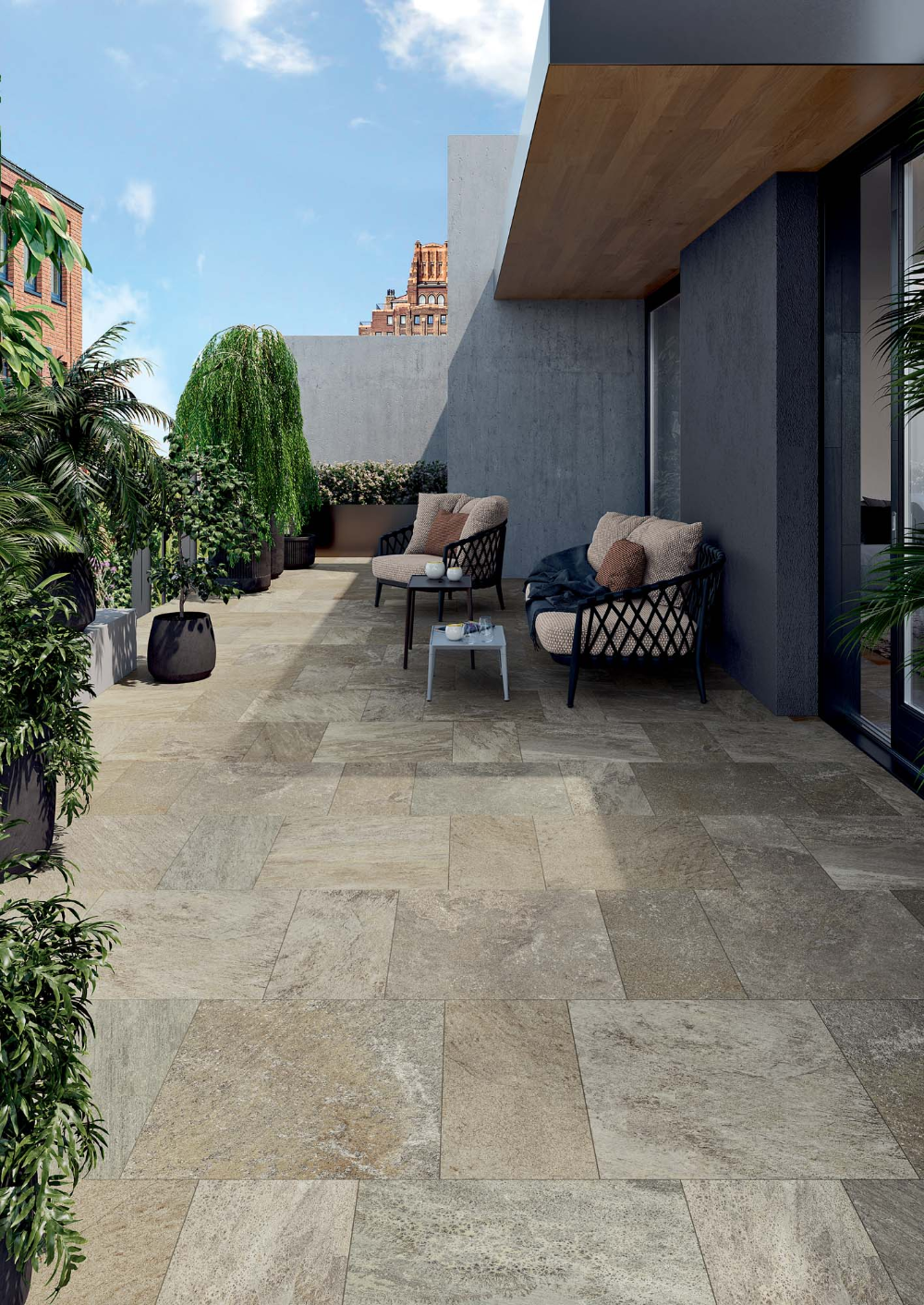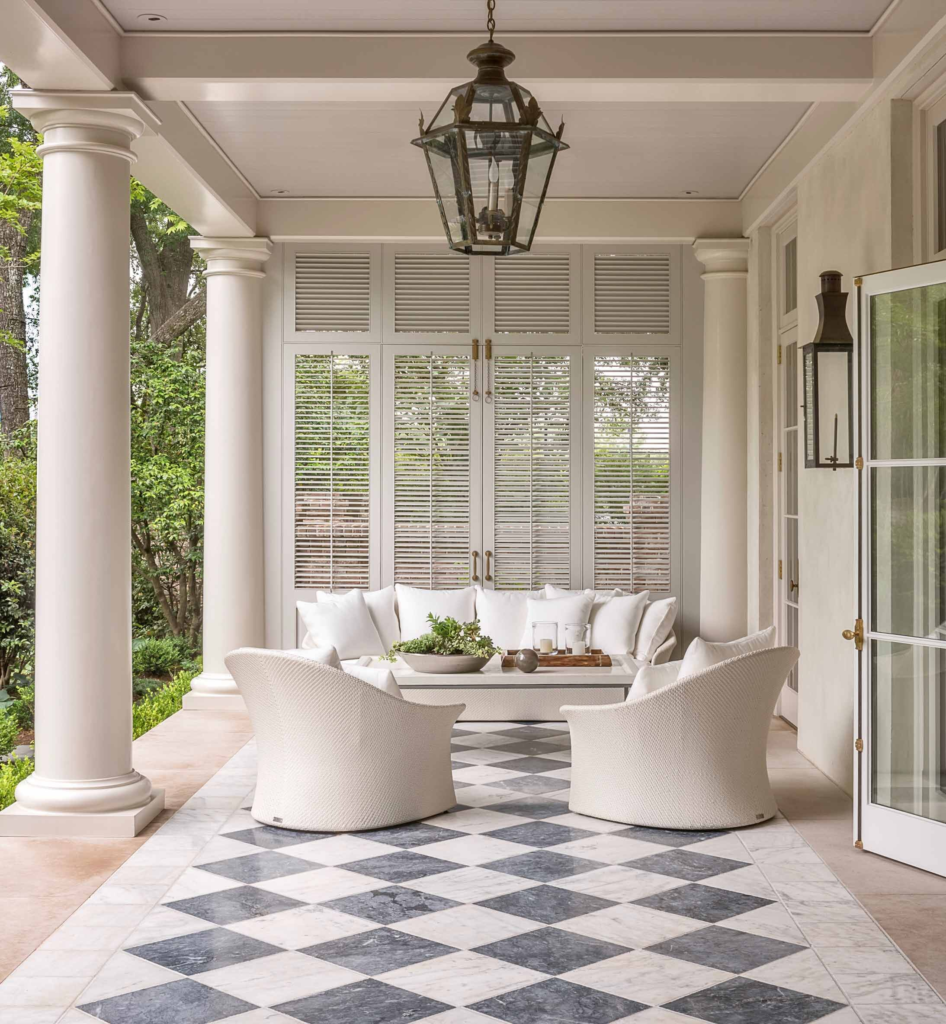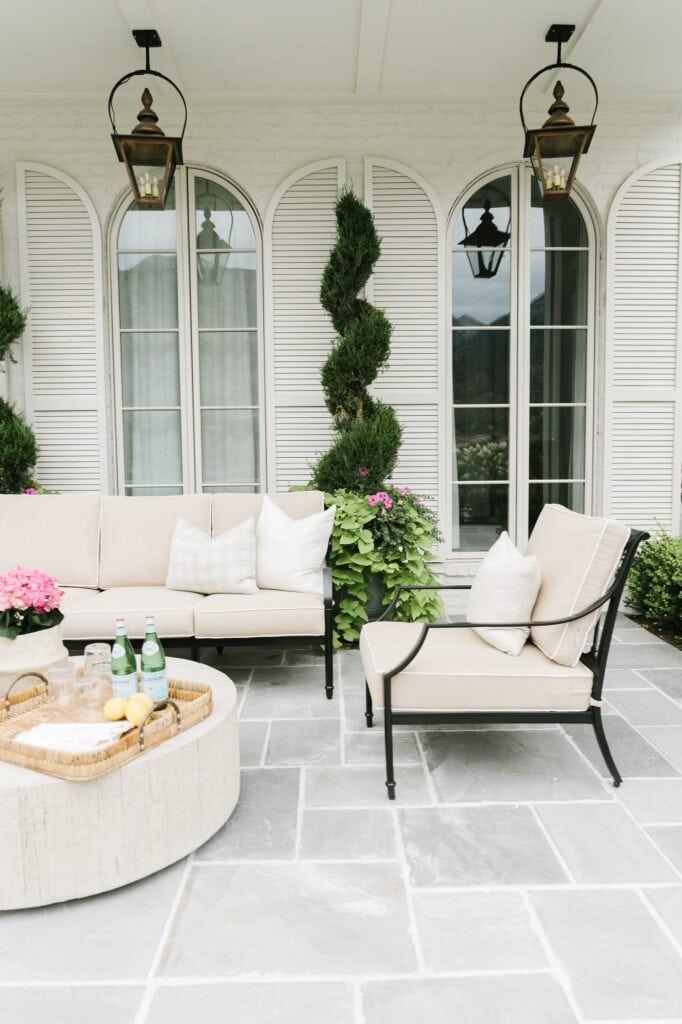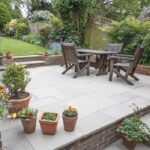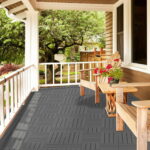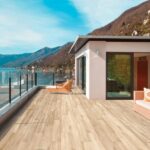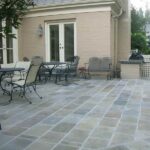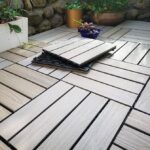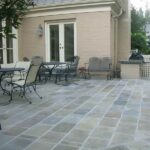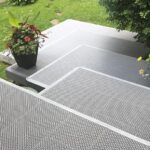When it comes to designing an outdoor living space, choosing the right patio flooring is crucial. The flooring material not only sets the tone for the aesthetics of the patio but also determines its functionality and maintenance requirements. There are a variety of options available for patio flooring, each with its own unique benefits and drawbacks.
One popular choice for patio flooring is natural stone, such as slate, limestone, or flagstone. Natural stone provides a timeless and elegant look that can complement a variety of design styles. It is also durable and weather-resistant, making it a great option for outdoor use. However, natural stone can be expensive and may require regular sealing to prevent staining and damage.
Another option for patio flooring is concrete. Concrete is a versatile and cost-effective material that can be customized to create a range of looks, from modern to traditional. It is also durable and low-maintenance, making it a practical choice for outdoor spaces. However, concrete can be prone to cracking and may need to be sealed periodically to protect it from the elements.
Wood is a classic choice for patio flooring, providing a warm and inviting look to outdoor spaces. Hardwood, such as teak or cedar, is naturally resistant to rot and decay, making it a durable option for outdoor use. However, wood requires regular maintenance, including sealing and staining, to keep it looking its best. It is also important to choose a hardwood that is suitable for outdoor use to prevent warping and damage.
For a more eco-friendly option, consider using composite decking for your patio flooring. Composite decking is made from a mix of recycled wood fibers and plastic, making it a durable and sustainable choice. It is also low-maintenance and resistant to rot, mold, and insects. However, composite decking can be more expensive than other flooring options and may fade over time with exposure to sunlight.
Brick is another popular choice for patio flooring, providing a rustic and charming look to outdoor spaces. Brick is durable and low-maintenance, making it a practical option for patios. It is also slip-resistant and provides good drainage, making it ideal for outdoor entertaining. However, brick can be prone to cracking and may require occasional resealing to prevent moisture damage.
Ultimately, the best patio flooring option for you will depend on your budget, design preferences, and maintenance requirements. Consider the climate and weather conditions in your area, as well as how you plan to use the space, when choosing a patio flooring material. With the right flooring choice, you can create a stylish and functional outdoor living space that you can enjoy for years to come.
